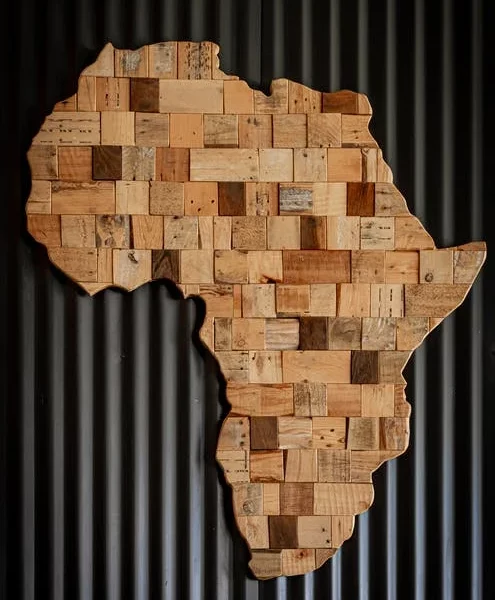Much of the Circular Economy debate focuses on highly industrialized countries, due to their dependency on natural resources, and the resulting and increasing need for more resource efficiency and closed-loop systems.
The industrialized world also produces high volumes of waste, even if this is managed relatively efficiently. Yet the true impact of consumption levels of industrialized countries extends far beyond their national borders, with much of the environmental and social costs incurred elsewhere.
REVOLVE Circular’s latest investigation into circularity looks elsewhere – by providing insights from a continent rich of natural resources, full of extractive industries and characterized by population growth and rapid urbanization: Africa.
In our interview with Gracia Munganga from the Executive Committee of the African Circular Economy Network (ACEN), a non-profit corporation registered in South Africa, she explains that at ACEN “we strongly believe Africa is one of the most ‘ready-for-circularity’ continents, mainly because its ecological footprint is still very low. “Chances of moving into a circular business model are easier than in other continents where most infrastructures are already built without their next life cycles in mind.”
The Circularity Gap Report 2020 supports ACEN’s view as it points out that Sub-Saharan African countries – categorized alongside India and others as “BUILD” countries – have an enormous potential for circular practices. The report identifies three main pathways towards a more circular economy in BUILD countries:
- To design circularity into new long-term societal stocks, such as buildings and infrastructure, as much of African infrastructure is yet to be built. Innovative construction techniques based on circular practices can render the booming African construction industry more sustainable and help ensure “fast, cheap and eco-friendly” infrastructure development.
- To empower millions of, mainly young, Africans working in the decentralized, informal economy. Education plays a particularly important role here as it “can help develop the entrepreneurs who will create new circular businesses and a workforce with the skills to fill them,” explains the report.
- Circle Economy, the Dutch-based group behind the report, recommends developing an increasingly sizeable and sustainable bioeconomy, with “the substantial residues from agriculture, forestry and fisheries able to provide a basis for significant recovery and cascading activity…” The report explains that “closed-loop agricultural models can also help preserve the future productive capacity of economically critical natural capital.”
Some of these recommendations are already being considered – find out more in our interview with Dr. Anthony Nyong, responsible for the secretariat of the African Circular Economy Alliance (ACEA), hosted by the African Development Bank.
In the intermediate term, ACEA has identified five major opportunities for circular practices in Africa:
- Conversion of food waste into compost fertilizer;
- Recycling of PET bottles or plastic;
- Use of mass timber as a sustainable input;
- Recycling of high value e-waste;
- Converting fashion and textiles waste into garments for commercial exports amongst others.
REVOLVE Circular’s investigation into circularity in Africa aims to provide multiple insights from different perspectives to keep you updated on our ever-changing world.
Read original article here.

